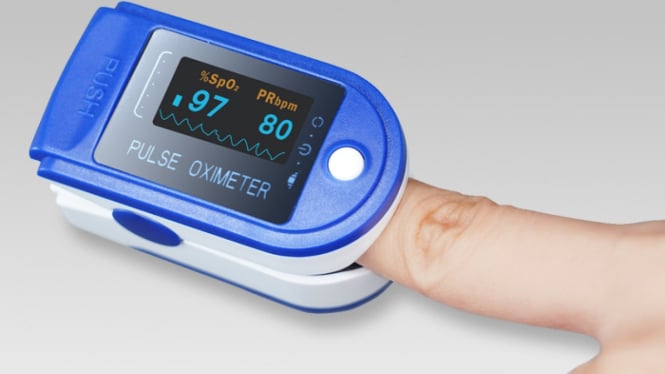VIVA – It is very important for us to know the level saturation oxygen normal in the blood that must be maintained. Especially when you have a respiratory disease, such as if you are exposed to COVID-19.
If the level of oxygen saturation is low, it can trigger hypoxia or low oxygen levels in cells and tissues which can cause cells and tissues in the body to not function properly, even if left unchecked can be fatal.
Then, what is oxygen saturation? Here’s the explanation
Reported from the site News Medical and Verywell Health, oxygen saturation is the percentage level of hemoglobin bound to oxygen in the blood. Hemoglobin helps the blood to carry oxygen to all cells and tissues of the body.
To determine the oxygen saturation in the blood (SpO2) can be detected using an Oxymeter or Pulse Oxymeter. Without using a Pulse Oxymeter, the patient will not be able to know the level of oxygen saturation in his body.
The normal level of oxygen saturation of SpO2 is 95 percent-100 percent. However, if the Pulse Oximeter shows an SPO2 below 95 percent, then there is a reduced blood oxygen saturation level. So, oxygen therapy is needed.
If oxygen levels are low, you will generally experience various symptoms, such as shortness of breath, chest pain, cold sweats, coughing, confusion, and blue skin.
In addition to COVID-19, hypoxemia can also be caused by chronic obstructive pulmonary disease (COPD), including chronic bronchitis and emphysema, acute respiratory distress syndrome (ARDS), asthma, pneumothorax, anemia, congenital heart defects, heart disease and pulmonary embolism.
–


